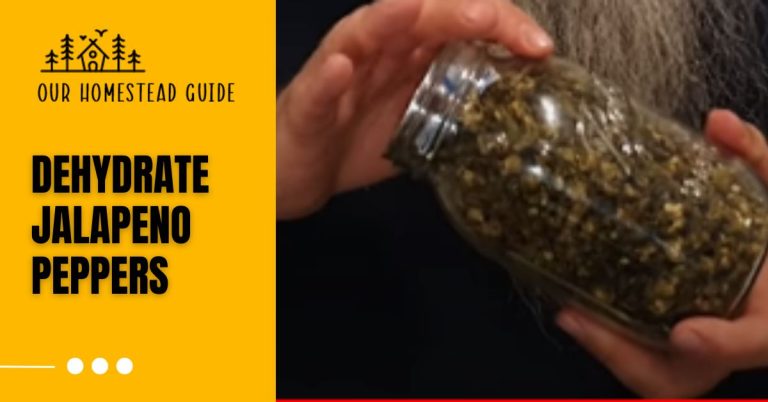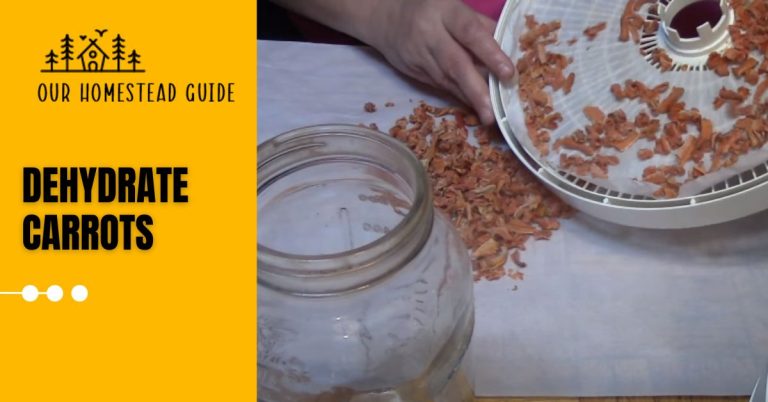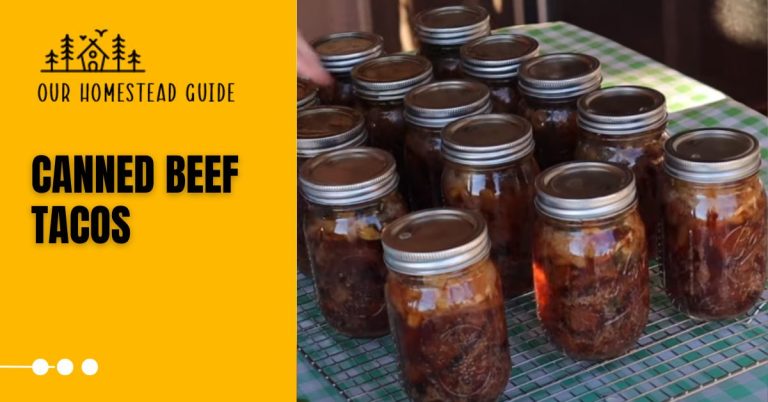5 Best Methods to Dehydrate Grapes: Drying All Foods
Dehydrate Grapes is a simple but beneficial process that turns juicy, fresh grapes into delicious and nutritious dried fruits. By carefully removing moisture from the grapes, either through sunlight, air, or heat control, the flavors are intensified, and the natural sugars are more concentrated. This results in delicious raisins that offer a chewy texture and a concentrated burst of sweetness.
Dehydrated grapes are a great addition to cereals, baked goods, salad dressings, and savory foods. They are also a flexible snack. By removing the chemicals and preservatives sometimes found in store-bought choices, making them at home provides control over quality and flavor. Savor the organic sweetness and consistency of handmade dehydrated fruit in your preferred culinary creations.
5 Best Methods :
Here are five well-liked techniques for dehydrating grapes:
1-Humidifier:
As you arrange the grapes on the dehydrator trays, leave space between them. For 24-36 hours, dry the material at 135°F (57°C) in the dehydrator.
2-Oven:
Set the oven to the lowest temperature possible, generally 170°F or 75°C. Spread the grapes onto a baking sheet and bake, keeping the oven door slightly ajar, for 6 to 24 hours.
3-Solar Drying:
Arrange the grapes on a tray and expose them to the sun. Use a mesh cover to keep insects out. Depending on how evenly the grapes dry, sun-drying may take several days.
4-Microwave:
Place grapes in a tray that is safe to microwave. Dry in the microwave for 30-second bursts at low power until the desired texture is achieved.
5-Drying Strings:
Using a needle, thread grapes onto a string, allowing space between each one. After the grapes are completely dry, hang the string in a warm, dry location for a few weeks.
How to Dehydrate Grapes?
1-Wash and Dry Grapes
Grapes should first be carefully washed under cold running water before being dried. Shake them gently or use paper towels or a clean kitchen towel to pat them dry. Dehydrate Grapes To achieve successful dehydration, make sure they are absolutely dry.
2-Prepare Air Fryer
Place the cleaned and dried grapes in the air fryer basket in a single layer. The grapes should not be crowded together since this may impede the dehydration process. You might need to work in batches if you have a lot of grapes.
3-Set Temperature
Dehydrate Grapes Set the Air Fryer to 135°F (57°C) as the temperature. The grapes won’t be cooked at this low temperature because it gradually remove moisture from them.
4-Dehydrate Grapes
Grape dehydration: Turn on the air fryer and let it run for 6 to 8 hours at 135 °F (57 °C). Periodically examine the grapes throughout this time to see if they are done. When you touch them, they should feel dry rather than sticky or damp. They should get slightly shriveled. Depending on the grapes’ size and moisture content, the precise drying time may change.
5-Cool and Store
Once the grapes have been adequately dried, remove them from the air fryer and let them cool completely at room temperature before storing them. Dehydrate Grapes Before storing them, they must cool completely to avoid any remaining moisture from spoiling the food.
6-Store in an Airtight Container
After cooling, transfer the dried grapes to an airtight container or resealable plastic bag for storage. To keep the grapes fresh, make sure the container is airtight. Keep the container out of direct sunlight in a cool, dry location. Dehydrated grapes kept in the right conditions can persist for several months.
Nutritional Value of Dehydrated Grapes
Raisins, or dehydrated grapes, make for a pleasant and nourishing snack. Here is a summary of their 100-gram nutritional value:
| Nutrient | Amount per 100g |
| Calories | X kcal |
| Carbohydrates | X g |
| Fiber | X g |
| Sugar | X g |
| Protein | X g |
| Fat | X g |
Serving Ideas:
1-Snack on them as is for a sweet and healthy treat.
Yes, eating dehydrated grapes straight up as a snack can be a delicious, sweet, and beneficial treat. They make for a handy, naturally sweet snack that is ideal for sating your sweet desire while being healthy. Dehydrate Grapes Have a snack of your homemade dehydrated grapes whenever you want one that is fast and guilt-free!
2-Add them to your morning cereal or oatmeal.
Dehydrated grapes will provide your breakfast with natural sweetness and a pleasing chewiness, elevating your daily routine. These healthy dried grapes make a tasty and nourishing addition to porridge or oatmeal. Simply sprinkle them over your breakfast to add their fruity flavor as they rehydrate from a little moisture.
3-Include them in trail mix for an energy-boosting snack.
Add dehydrated grapes to your trail mix for a delicious, high-energy treat to up your snack game. These chewy, sweet treats go well with nuts, seeds, and other foods. This mix mixes grape sweetness with nutty crunch for a balanced, tasty bite that keeps you refreshed and prepared for anything, making it ideal for hiking, work breaks, or a satisfying snack.
4-Use them in baking, such as in cookies or bread.
Use dried grapes in baking to exercise your culinary imagination. Whether you’re making grape-infused oatmeal cookies or a new take on rustic bread, they add a natural sweetness and a distinct texture to your creations. Dehydrate Grapes These adaptable dried grapes can provide your baked goods with a delightfully delicious touch that will surely please your mouth.
5-Pair them with cheese for a delightful appetizer.
Dehydrated grapes with a variety of cheeses make for a sophisticated appetizer. The flavors of sweet and salty are expertly balanced in this delectable combo. On a serving plate, combine your favorite cheeses with these chewy, naturally sweet grapes to make an appetizing and elegant delicacy that will wow your guests or improve your own snacking.
This combination is a great joy for the taste senses due to the contrast in textures and flavor.
Which Grapes Are Best To Dehydrate?
Popular grapes to use during dehydration are listed below:
- Thompson Green Grapes Without Seeds
- Grapes, Red or Green
- Moon Dimes
- Grape Cotton Candy
- The majority of seedless grapes will function
How To Condition Your Fruit or Vegetables After Dehydration
If you live somewhere humid: “After the dried fruit has cooled, pack it loosely into glass or plastic jars to condition the fruit.” After sealing the jars, leave them alone for a week or ten days. The drier bits will absorb the extra moisture from the other ones. Every day, shake the jars to check for moisture condensation and to separate the pieces.
dehydrate grapes in ninja food
Wash and pat dry the grapes of your choosing before using the Ninja Foodi to dehydrate them. To expedite the dehydration process, remove the stems and either leave them whole or chop them in half. Adjust the Ninja Foodi’s temperature so that it is between 135°F and 160°F. Make sure there is enough room for air to circulate when you arrange the grapes on the dehydrator rack.
Set the timer for 6 to 12 hours and place the rack inside the Ninja Foodi that has been prepared. Check the rack every so often to ensure equal drying. When done, the grapes should be soft but not sticky. Let cool fully before putting them in an airtight container. This is a delicious handmade dehydrated grape snack that can be eaten on its own or as a great complement to desserts and cereals.
Uses of Dehydrate Grapes:
Certainly, here are some uses of dehydrated grapes in bullet points:
- Snacking: Dehydrate Grapes, also known as raisins, make for a convenient and healthy on-the-go snack.
- Baking: They can be added to a variety of baked goods, such as cookies, muffins, bread, and granola bars, to lend natural sweetness and texture.
- Cereal and Oatmeal: Sprinkle dehydrated grapes over your breakfast cereal or oatmeal to add a burst of flavor and a touch of sweetness.
- Trail Mix: Incorporate them into homemade trail mix along with nuts, seeds, and other dried fruits for a satisfying and energy-boosting snack.
- Salads: Use dehydrated grapes to add a unique twist to salads, providing a sweet contrast to the savory components.
- Smoothies: Dehydrate Grapes Blend them into smoothies for natural sweetness and an extra dose of fiber.
- Yogurt Toppings: Dehydrate Grapes Enhance the flavor and texture of your yogurt by mixing in some dehydrated grapes.
- Cheese Platters: Dehydrate Grapes Pair them with cheese for a delightful combination of sweet and savory on a cheese platter.
- Stuffings: Include them in stuffings for meats, poultry, and vegetables to infuse dishes with a subtly sweet note.
- Sauces and Chutneys: Incorporate dehydrated grapes into sauces and chutneys to add depth and complexity to the flavors.
- Tea and Infusions: Add dried grapes to herbal teas and infusions for a hint of sweetness and natural flavor.
- Garnishes: Dehydrate Grapes Use them as garnishes for desserts, cocktails, and mocktails to elevate presentation and taste.
- Homemade Energy Bars: Create your own energy bars by combining dehydrated grapes with nuts, seeds, and other wholesome ingredients.
- Rice and Grain Dishes: Dehydrate Grapes Mix them into rice, quinoa, or other grain-based dishes to introduce a sweet component.
- Chocolates and Confections: Dehydrate Grapes Coat them in chocolate or incorporate them into candies and confections for a delightful treat.
Dehydrated grapes, or raisins, are incredibly versatile and can enhance a wide range of dishes with their concentrated sweetness and chewy texture.
| Aspect | Dehydrating Grapes |
| Preparation | Wash and dry grapes, remove stems if desired. |
| Slicing (if needed) | For larger grapes, halve them to speed up drying. |
| Arrangement | Place grapes evenly on dehydrator trays. |
| Temperature | Set dehydrator to around 135°F (57°C) for slow drying. |
| Drying Time | Typically 18-24 hours, depending on grape size. |
| Check for Doneness | Grapes should be slightly pliable with no moisture. |
| Cooling | Allow grapes to cool before storing. |
| Storage | Store in airtight containers in a cool, dry place. |
| Uses | Snacking, baking, salads, cereals, yogurt toppings, etc. |
| Benefits | Concentrated sweetness, longer shelf life, portability. |
| Nutritional Value | Fiber, vitamins, minerals (e.g., potassium, iron). |
| Culinary Versatility | Enhances various dishes with flavor and texture. |
| Convenience | Handy for on-the-go consumption. |
This table provides a concise overview of the steps involved in dehydrating grapes, their benefits, uses, and nutritional value. Please feel free to reach out if you need more information or have any other questions!
Dehydrating grapes in a food dehydrator
Dehydrating grapes using a food dehydrator is a convenient and efficient method to create delicious dried fruits. To begin, wash and thoroughly dry your grapes, removing any stems. For smaller grape varieties, you can leave them whole, while larger grapes can be halved to speed up the drying process.
Dehydrate Grapes Arrange the grapes on the dehydrator trays, ensuring they are spaced evenly to allow proper air circulation. Set the dehydrator to a low temperature, typically around 135°F (57°C), to preserve the grapes’ flavors and nutrients while gradually removing moisture. Depending on the size and type of grapes, the drying process may take anywhere from 18 to 24 hours.
Periodically check the grapes for doneness, aiming for a slightly pliable texture with no moisture. Once fully dehydrated, allow the grapes to cool before storing them in airtight containers. These homemade dried grapes, or raisins, are ideal for snacking, baking, and enhancing various dishes with their concentrated sweetness and delightful chewiness.
Benefits of Dehydrate Grapes
Dehydrate Grapes, commonly known as raisins, offer a plethora of benefits that make them a versatile and nutritious addition to various culinary endeavors. One of their most notable advantages is their concentrated sweetness. Through the dehydration process, the grapes’ natural sugars become more pronounced, providing a delightful burst of flavor without the need for added sugars.
Additionally, dehydrated grapes are packed with nutrients, including dietary fiber, vitamins, and minerals like potassium and iron. This makes them a wholesome snacking choice that contributes to digestive health, supports bone strength, and aids in maintaining proper bodily functions. Furthermore, their portability and long shelf life make them a convenient option for on-the-go sustenance.
Raisins can be seamlessly integrated into baked goods, breakfast dishes, trail mixes, salads, and even savory dishes, adding a touch of natural sweetness and a satisfying chewy texture. Their versatility, combined with the nutritional benefits they offer, make dehydrated grapes a delightful and health-conscious choice for enhancing the flavor, texture, and nutritional profile of a wide array of culinary creations.
In what season are Dehydrated Grapes used?
Generally, grapes are dried (also called “raisins”) and used in cold weather. Grapefruits are harvested from May to September, and when they are harvested, the grapes are dried to remove more of their flavor. Grape drying can also be done in the mature season, the drying process preserves the fruits of the grapes and prolongs their shelf life.
Also, dried grapes can give you strength in winter in addition to this storage in the form of fine food. Dehydrate Grapes But it is still important that you determine the period and method of drying the grapes correctly, as climatic conditions and countermeasures may need to be exchanged.
Most Frequently Asked Questions!
1. What is dehydration?
Dehydration is a process that involves removing the moisture from food items to extend their shelf life and enhance their flavor. In the case of grapes, dehydration turns them into raisins.
2. How do I dehydrate grapes?
To dehydrate grapes, wash and dry them thoroughly. You can choose to remove the stems or leave them on. Spread the grapes out on a dehydrator tray or a baking sheet lined with parchment paper. Set your dehydrator to around 135°F (57°C) or use your oven’s lowest temperature setting. Leave the grapes to dehydrate for about 24-48 hours, checking periodically until they reach your desired level of dryness.
3. Can I use my oven to dehydrate grapes?
Yes, you can use your oven to dehydrate grapes. Set the oven to its lowest temperature and follow the same process as with a dehydrator, spreading the grapes on a baking sheet and monitoring them as they dry.
4. How long does it take to dehydrate grapes?
The time required for grape dehydration depends on factors like the size of the grapes, the humidity, and the drying method used. It generally takes around 24 to 48 hours. Check the grapes regularly to ensure they don’t over-dry.
5. How do I know when the grapes are done dehydrating?
Dehydrated grapes should feel dry and slightly shriveled but still pliable. They should not be hard or overly crispy. When you squeeze them, they should bounce back a bit but not be too soft.
6. Can I flavor the grapes while dehydrating?
Yes, you can add flavor before dehydrating. Toss the grapes in a light syrup made from sugar and water, or sprinkle them with spices like cinnamon or nutmeg before placing them in the dehydrator.
7. How should I store dehydrated grapes?
Once the grapes are fully dehydrated, allow them to cool down to room temperature. Then, store them in an airtight container or a vacuum-sealed bag in a cool, dry place. Properly stored, dehydrated grapes (raisins) can last for several months.
8. What can I use dehydrated grapes for?
Dehydrated grapes, or raisins, are versatile snacks and ingredients. They can be eaten as a snack, added to oatmeal, cereal, baked goods, trail mix, salads, and various dishes for extra sweetness and texture.
9. Can I rehydrate dehydrated grapes?
Yes, you can rehydrate raisins by soaking them in warm water or fruit juice for a short period. This can make them plumper and softer for certain recipes.
10. Are dehydrated grapes healthy?
Raisins, or dehydrated grapes, retain their nutrients but become high in calories as a result of losing water. They provide nutrients, vitamins, and fiber. Savor sparingly as part of a well-balanced diet. There are differences in dehydrating techniques, so be sure to read the directions on your equipment and keep an eye on drying.
you may also like this article.





